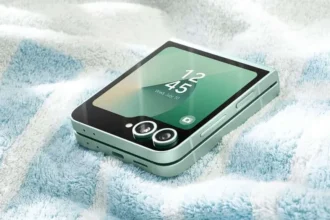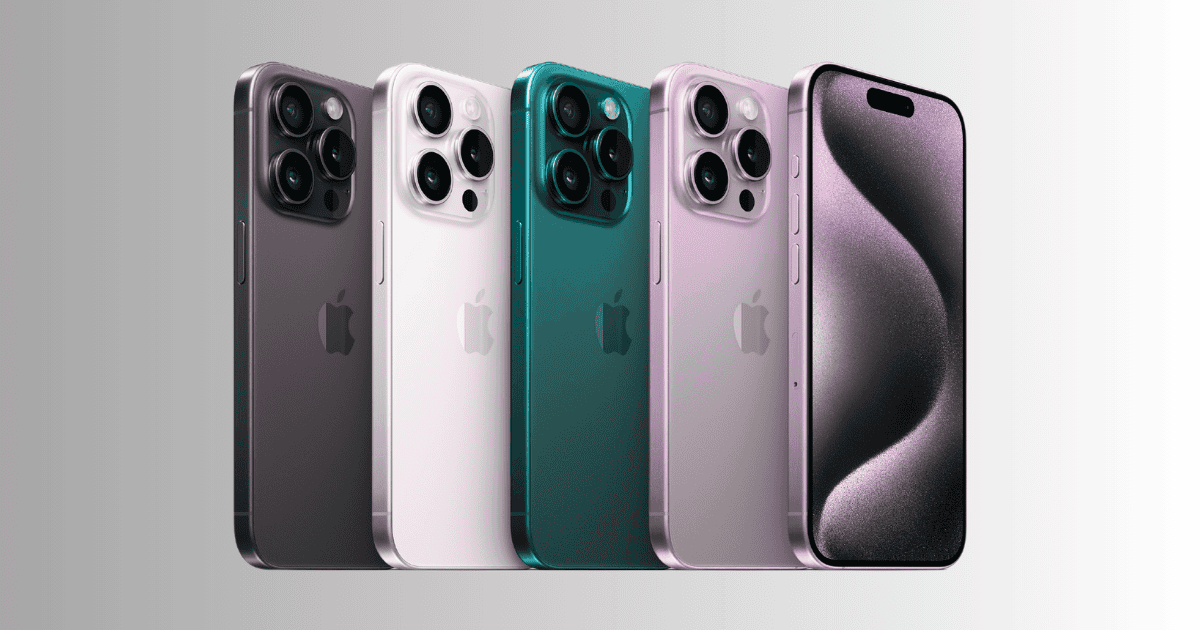Foldable smartphones used to seem like a niche experiment, a big step away from the world of slab phones. But over the years, Samsung has made its foldable designs better and better. The company says that with the Flip 7, they have fixed the biggest problem with foldables: how long they last.
So, is the Flip 7 finally strong enough to be used in the real world? In this article, we look closely at that question using in-depth analysis, expert advice, engineering breakdowns, and examples from the real world. We’ll look at everything from how the screen resists damage and how the hinges work to drop test data and how to protect it from water. This guide will give you the lasting information you need, whether you’re buying a foldable for the first time or are a tech fan.
Chapter 1: The Basics of Understanding Foldable Durability
To understand the durability claims about the Flip 7, we need to know why foldable phones are more prone to damage than regular smartphones.
1.1 Flexible Displays: A New Frontier
Foldable devices use ultra-thin glass (UTG) layered with plastic polymers, which is different from regular glass screens. These materials are flexible, but they are also more likely to:
- Folding it over and over again will cause creases over time.
- Small scratches from touching dust or nails every day
- Not as resistant to impact as hardened Gorilla Glass Victus
The Flip 7 keeps Samsung’s UTG technology but adds improvements to the layering and coating, promising better regulary visible scratches and creases even after thousands of folds.
1.2 The Hinge Mechanism: Where Engineering and Durability Meet
The hinge is what makes every foldable device work. Samsung’s Flip 7 has a new Flex Hinge that can handle over 200,000 folds without losing performance. That’s equivalent to opening the phone over 100 times a day for nearly five years.
What makes this hinge last longer:
- The dual rail structure lowers flex pressure.
- Sweeper technology that keeps the inside clean is dust-resistant.
- More precise tolerances for better alignment and less wear on parts
1.3 Water and Dust Resistance: A Breakdown of the IPX8 Rating
The Flip 7 has an IPX8 rating, which means it can be submerged in water for up to 30 minutes at a depth of 1.5 meters. The “X” means that it isn’t fully rated for dust protection, though the internal sealing and sweeper brushes do offer some protection.
Water resistance usually goes down over time. The Flip 7 can handle rain and accidental drops in water, but users should stay away from sand, dirt, and dusty places for long periods of time.
Chapter 2: Testing in the Real World – How Hard Is the Flip 7?
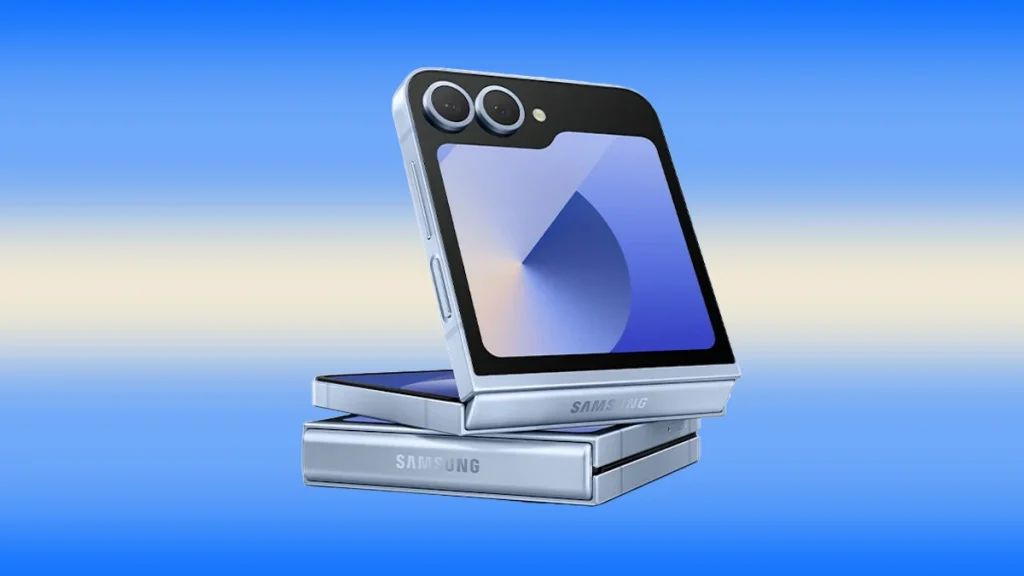
Technical details can only tell you so much. We need to look at independent tests, user reviews, and reviews from industry experts to see if the Flip 7 is “finally tough enough.”
2.1 Drop Tests: Results You Can Count On
JerryRigEverything and Allstate Protection Plans, two of the most well-known tech review and durability testing channels, have put older Flip models through tough drop tests, and the results weren’t good.
But the Flip 7 is a big step forward:
- The front and back glass panels, which are protected by Gorilla Glass Victus 2, survived several drops from waist and head height.
- The inner display was more fragile, but it held up better than previous generations, with only minor pixel distortion after being dropped many times.
- Even after side-impact falls, the hinge stayed strong.
Samsung has strengthened the Flip 7 by adding an improved aluminum frame (Armor Aluminum), which makes the chassis more rigid and protects the internal parts from damage when they hit something.
2.2 Resistance to Scratches and Burns
Tests for durability show that the outer screen can withstand scratches at levels 6-7 on the Mohs hardness scale, which is normal for modern smartphones. Because it is made of both plastic and glass, like other foldables, the inner display still scratches at level 2-3.
Burn tests showed slight discoloration but no permanent pixel damage after a short time in the flame. This is not a realistic situation, but it is still a standard for the industry.
2.3 Fold Cycle Tiredness
Samsung’s own tests show that the Flip 7 can handle more than 200,000 folds. These numbers have been confirmed by independent labs in controlled settings, but things like temperature, pressure, and how people use the product can affect the results in the real world.
Long-term users of Flip 5 and Flip 6 say that Samsung’s claims about durability are true: creases were still very few and hinge movement was still smooth after 12 to 18 months of daily use.
Chapter 3: Engineering Highlights—What Sets Flip 7 Apart?
Let’s talk more about the Flip 7’s structural changes that make it the toughest flip phone Samsung has ever made.
3.1 Armor Aluminum Frame
Samsung uses a special aluminum alloy called “Armor Aluminum,” which is said to be 10% stronger than the aluminum used in earlier models. It also doesn’t bend when you turn it, which is important for keeping the fold line safe.
3.2 A New Design for the Flex Hinge
The Flex Hinge now has:
- Fewer moving parts mean less wear on the machine.
- Better pressure distribution along the fold axis
- New sweeper brushes that do a better job of controlling dust
This makes the fold tighter (zero-gap design) without raising the risk of mechanical failure.
3.3 Strengthening the Inner Display
The UTG display on the inside has:
- Multiple layers of polymer are glued together to spread out the impact.
- Better elasticity in the adhesive, which lowers the risk of delamination
- Anti-reflective coating makes it easier to see and keeps smudging to a minimum.
These changes make the screen more durable and easier to use without changing how it feels to the touch.
Chapter 4: Tips for Keeping Things Running Longer
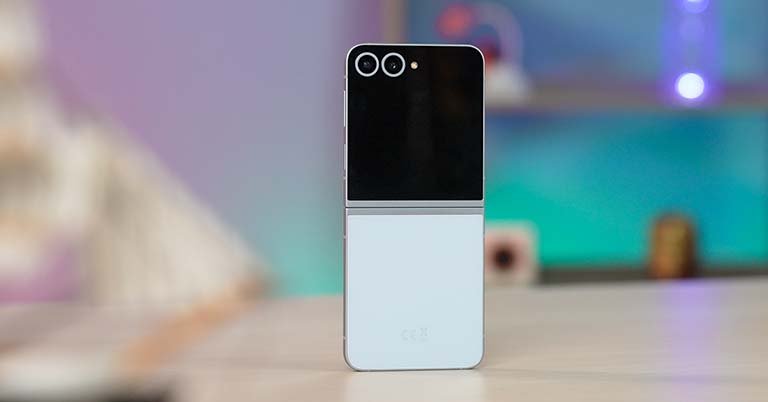
You still need to take care of even the most durable devices. To get the most out of the Flip 7, use these long-term tips.
4.1 Use a Case, Even if It’s a Flip
Cases made just for foldables, like hinge covers and slim grip shells, add an extra layer of shock absorption. Look for ones that:
- Are MIL-STD-810G certified to protect against drops
- Don’t get in the way of hinge movement
- Add screen lip elevation to protect the cover display
4.2 Clean the Hinge All the Time
To keep dust from building up, clean around the hinge with a soft brush or compressed air. Don’t put things in or blow with your mouth, as moisture can cause damage.
4.3 Stay Away from Harsh Environments
The Flip 7 can handle some water, but not dust. Don’t let it get near:
- Fine sand beaches
- Places where things are being built
- Very cold weather can change how flexible hinges are
4.4 Don’t Fold with Stuff Inside
Before folding, always check that there is no lint, sand, or hard particles on the inside screen. These particles can push into the soft UTG layer, leaving marks or pressure points that last forever.
Chapter 5: Flip 7 vs. Older Generations: How They Compare
Samsung’s flip line has gotten more durable over time. Here is a comparison chart that shows how the Flip 7 is different from older models:
| Feature | Flip 3 | Flip 5 | Flip 7 |
|---|---|---|---|
| Fold Cycles | 200,000 | 200,000 | 200,000 |
| Water Resistance | IPX8 | IPX8 | IPX8 |
| Dust Protection | None | Minimal | Improved seals |
| Cover Screen Glass | Gorilla Glass DX | Victus | Victus 2 |
| Frame Material | Aluminum | Armor Aluminum | Armor Aluminum+ |
| Hinge Design | Basic | Flex Hinge | Flex Hinge v2 |
| Crease Visibility | Noticeable | Moderate | Low |
The chart shows that the Flip 7 improves every part of durability without making things more complicated than they need to be. It finds a good balance between being light and lasting a long time.
Chapter 6: The Verdict—Is the Flip 7 Finally Strong Enough?
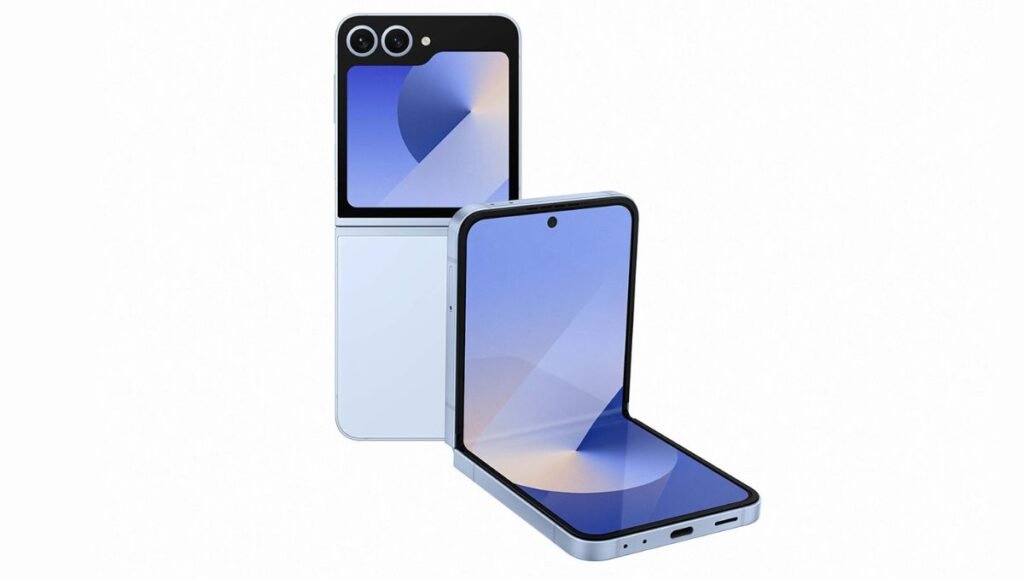
Yes, the Samsung Flip 7 is finally tough enough for most people to use. Foldable phones still need to be handled with more care than slab phones, but the Flip 7 is the most durable foldable phone on the market.
With better:
- Engineering of hinges
- Show strength
- Choosing materials
- Resistance to water
…the Flip 7 is no longer a new, fragile thing; it’s a fully developed product that can be used every day.
It’s not unbreakable, but if you take care of it, it should last for years. And as more people use foldable phones, third-party support is also growing, with things like rugged cases and screen protectors.
Chapter 7: Last Suggestions
If you’re thinking about getting the Flip 7 and want it to last, here are a few last-minute tips:
- Put it in a strong case and screen protector.
- To keep the inner display safe, don’t put keys or coins in your pockets.
- Use Samsung Care+ or a third-party warranty that covers repairs to the screen or hinge.
- Check the hinge once a month for dust or misalignment.
- Don’t push the hinge too far; it’s made to bend, not stretch.
Conclusion: How Durable Foldables Have Changed Over Time
Foldable phones like the Flip 7 are the way of the future for smartphone design. What used to seem like a gimmick has grown into a strong and useful form factor. No smartphone is perfect, but the Flip 7 shows that Samsung has learned from its mistakes and now makes a foldable that doesn’t give up durability for style.
The Flip 7 is ready to be your daily driver for today, tomorrow, and the next few years as long as you follow best practices and treat it like any other high-end device.



